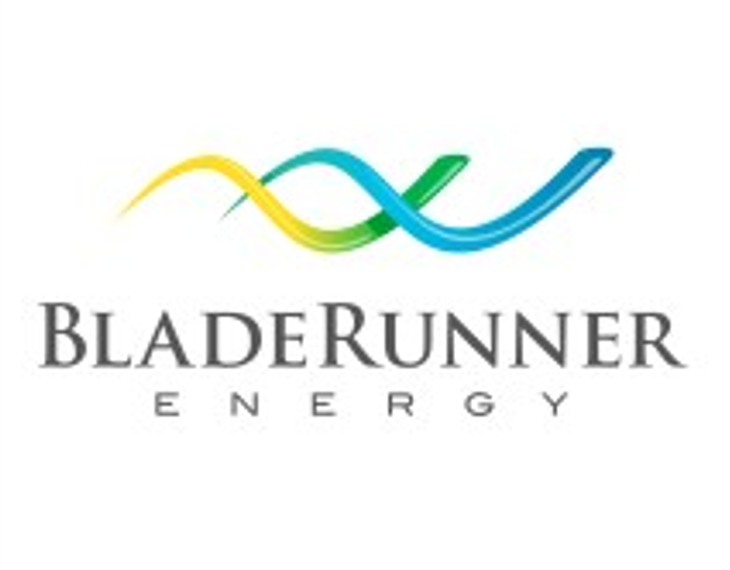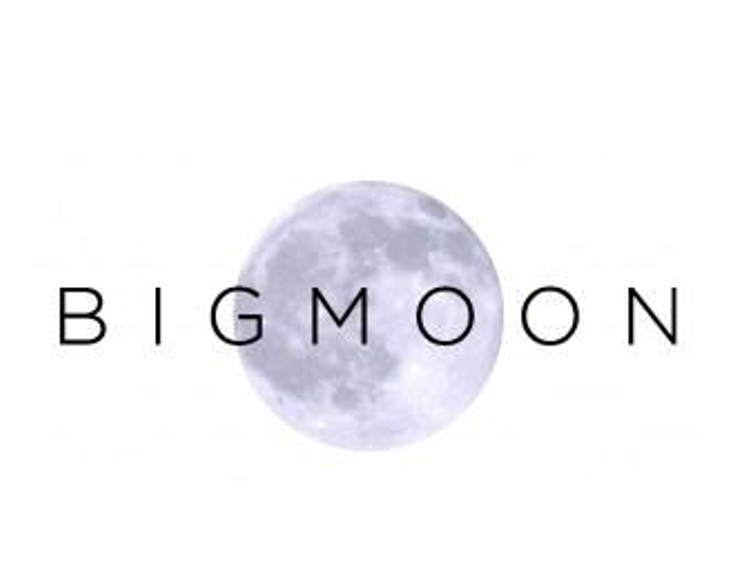123Fab #69
1 topic, 2 key figures, 3 startups to draw inspiration from

According to the International Energy Agency’s “Net Zero by 2050” report, the world will need 2,600 GW of hydropower capacity by mid-century to have a chance of keeping the global temperature rise below 1.5 degrees Celsius. In other words, we would need to build the same amount of hydropower capacity in the next 30 years as we did in the previous 100.
Hydropower is now the leading renewable source and the third largest source of electricity production in the world (15.8% in 2018) behind coal (38%) and gas (23.2%). Over the last 20 years, total hydropower capacity has increased by 70% globally, but its share of total generation has remained stable due to the growth of wind, solar PV, coal and natural gas. Hydropower is the harnessing of energy from a flow of water by means of a turbine connected to a generator, turning it into electricity. Most hydropower plants store water in a dam, which is controlled by a valve to measure the amount of water flowing. More recently, new uses of water as an energy producer have emerged, including the use of seas and oceans for tidal or wave energy.
Emerging and developing economies have led the global hydropower growth since the 1970s, primarily through public sector investment in large-scale plants. Throughout the life cycle of a power plant, hydropower offers great advantages, notably some of the lowest greenhouse gas emissions per unit of energy generated. Moreover, security and flexibility are increased with this mode of electricity production. Power plants can generally ramp up and down their electricity production very quickly, allowing them to adapt to variations in demand or to offset fluctuations in the supply of other sources of electricity. Today, hydropower plants account for almost 30% of the world’s flexible electricity supply capacity. It therefore appears that the role of renewable energy will become increasingly important over the next few decades, both as a low-carbon provider of electricity and to support the huge growth in wind and solar power needed to limit global warming.
In advanced economies, the share of hydropower in electricity generation has been declining and plants are ageing. The business case for hydropower plants has deteriorated due to high infrastructure costs and lack of certainty about long-term revenues. There are also real challenges related to complex permitting procedures, environmental and social acceptance, and long construction periods. In China, the construction of the Three Gorges Dam, which began in 1994, displaced 1.4 million people and has reportedly caused numerous landslides and earthquakes since. Current power plants are also ageing: in North America, the average hydropower plant is nearly 50 years old; in Europe, the average is 45 years old. There is a real need for modernization but also for updated sustainability standards and measures to minimise risk and reduce project delivery times.
In response, governments are stepping up to provide funding and new innovations are emerging. On November 5th, the U.S. House of Representatives passed the more than $1.2 trillion Infrastructure Investment and Jobs Act, which includes over $900M in waterpower incentives for new and existing hydropower, pumped storage, and marine energy. Several startups also have innovated in the face of complex infrastructure development procedures and heavy budget requirements. For example, Natel Energy uses pre-existing facilities and discontinue dam building to make hydropower less costly. It also developed a turbine that requires less cement and steel and which is safer for aquatic life. Dutch startup Blade Runner Energy offers a scalable micro-hydro solution which harnesses the energy of the natural flow of water without needing to build a dam. Others use the power of water differently, especially to avoid the social and environmental problems caused by dams. This is the case of Hace, which is developing a patented process that takes advantage of the immense reserve of wave energy to produce electricity with integrated energy stations. Another example is the US-based startup Big Moon, which is developing a technology to harness tidal energy without installing anything on the ocean floor or creating a negative impact on the environment. The longevity of these installations is often superior than that of wind turbines and solar panels. Tidal plants can last about four times as long. However, the initial costs of this type of project are still very high (for example, the Sihwa Lake Tidal Power Station cost $560m) and research has not yet fully determined the impact of the project, including EMF emissions on marine life.
Thus we see that hydropower has a key potential for the future in the constitution of a new energy mix and in support of other renewable energies. Government action will be crucial in setting their priorities and willingness to modernise the current fleet, especially for China which is set to remain the single largest hydropower market through 2030, accounting for 40% of global capacity growth (the International Energy Agency). Policy measures that provide more certainty about future revenues can reduce investment risks and ensure the economic viability of hydropower projects. But today, this support remains limited, with less than 30 countries targeting hydropower.
2 Key Figures
Global hydropower capacity is set to increase by 17%, or 230 GW, between 2021 and 2030
The International Energy Agency
132 hydropower funded companies
registered by Tracxn in 2019
3 startups to draw inspiration from
This week, we identified three startups that we can draw inspiration from: Blade Runner Energy, Hace and Big Moon.

Blade Runner Energy
The startup develops micro-hydro energy services intended to generate sustainable power. This small-scale hydropower generation can provide energy to hard-to-reach and remote areas, and to achieve faster returns on investment, due to the low capital costs of building these plants.

Hace
The startup technology intends to generate electricity by harnessing the power of ocean waves. It offers modular organization of wave power generators makes it possible to create wave power parks or to build coastal protection dikes that integrate energy production.

Big Moon
The startup created a tidal energy technology designed to harness tidal energy without negatively impacting the environment. The solution does not use any type of electrical component and does not attach equipment to the seafloor.
Interested in a startup landscape or in an insights report?
Please fill out our contact form so that we can get back to you very quickly with our product offer.
Want to subscribe to our 123Fab?
Fill out our form to receive the latest insights into your inbox.
